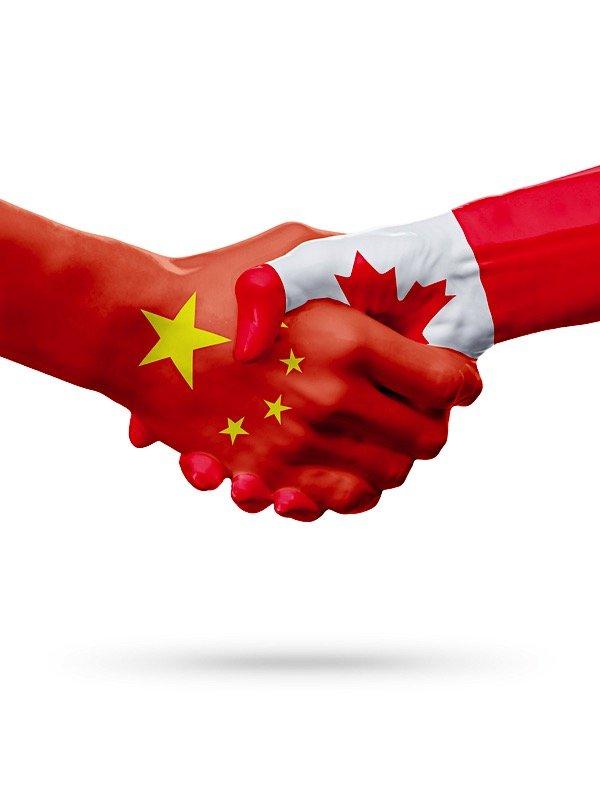In a development that has raised eyebrows on both sides of the Pacific, recent trade negotiations between Canada and China appear to have faltered due to missteps by the Canadian delegation. As trade tensions simmer globally, insiders suggest that Team Canada’s approach may have inadvertently undermined its own position, complicating efforts to secure favorable agreements with Beijing. This opinion piece examines the pitfalls faced by Canadian negotiators and the wider implications for the nation’s economic and diplomatic standing.
Canada’s Missteps in Trade Negotiations Undermine Economic Interests
Canada’s recent approach to trade negotiations with China reveals a series of strategic errors that risk alienating one of its most crucial economic partners. Instead of leveraging its position, policymakers have allowed internal political debates and misaligned priorities to dilute the country’s bargaining power. These missteps have not only slowed progress but also sent mixed signals, undermining confidence in Canada’s reliability as a trading partner. The failure to address key issues collaboratively has left Canadian exporters vulnerable in a market where timing and trust are essential.
Key factors contributing to these setbacks include:
- Rigid stances on sensitive topics without room for pragmatic compromise
- Insufficient alignment between federal and provincial governments
- Lack of coherent messaging resulting in diplomatic friction
- Underestimating China’s strategic patience and economic leverage
| Impact Area | Before Negotiations | After Negotiations |
|---|---|---|
| Trade Volume Growth | 7% annually | 2% annually |
| Investor Confidence | High | Moderate |
| Market Access | Expanding | Limited |
The Impact of Diplomatic Strains on Bilateral Trade Prospects
Heightened political tensions between Canada and China have cast a long shadow over their once promising trade relationship. Diplomatic disputes, ranging from human rights issues to geopolitical disagreements, have led to increased uncertainty among Canadian exporters eyeing the vast Chinese market. Businesses are now caught in a web of fluctuating tariffs, delayed customs processes, and reduced access to critical supply chains. This volatility undermines investor confidence and disrupts long-term trade planning, ultimately diminishing the growth potential that both nations had hoped to capitalize on.
Analysis of trade trends reveals troubling signs:
- Export volumes: Marked decline in key sectors such as agriculture and technology.
- Investment flows: Noticeable slowdown in Chinese direct investment into Canadian businesses.
- Regulatory barriers: Increasing complexity and unpredictability in compliance requirements.
| Trade Indicator | Pre-Strain (2018) | Current (2024) | % Change |
|---|---|---|---|
| Canadian Exports to China | $25B | $17B | -32% |
| Chinese FDI in Canada | $3.5B | $1.2B | -66% |
| Trade Agreement Progress | Moderate | Stalled | N/A |
Strategic Recommendations for Restoring Trust and Advancing Canada’s China Policy
Rebuilding trust with China demands a recalibration of Canada’s diplomatic tone and approach. To move beyond recent trade tensions, Ottawa must balance a firm stance on human rights and national interests with pragmatic engagement designed to create mutual economic benefits. Key recommendations include:
- Enhanced diplomatic dialogue: Establishing regular, high-level communication channels to reduce misunderstandings and foster cooperation on shared concerns.
- Targeted economic partnerships: Prioritizing sectors where Canadian strengths align with China’s development goals, such as clean energy and technology innovation.
- Clear, consistent messaging: Ensuring all government agencies speak with one voice to avoid mixed signals that undermine negotiation efforts.
It is equally important to develop a strategic framework that anticipates challenges and defines clear objectives. The table below outlines a potential roadmap to advance Canada’s China policy while safeguarding interests:
| Priority Area | Action | Expected Outcome | ||
|---|---|---|---|---|
| Trade Diversification | Expand markets beyond China for critical exports | Reduced economic dependency, enhanced resilience | ||
| Human Rights Dialogue | Incorporate concerns in bilateral talks with respect | Improved credibility and moral standing | ||
| Stakeholder Engagement | Stakeholder Engagement | Regular consultations with businesses, academics, and civil society | Broader support and informed policy decisions |




